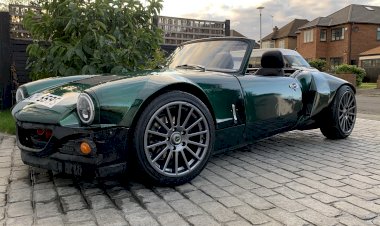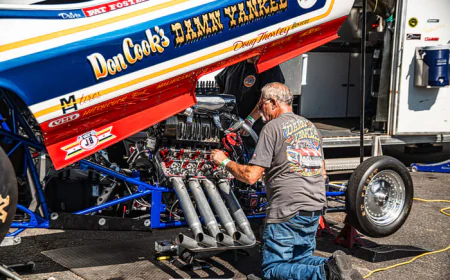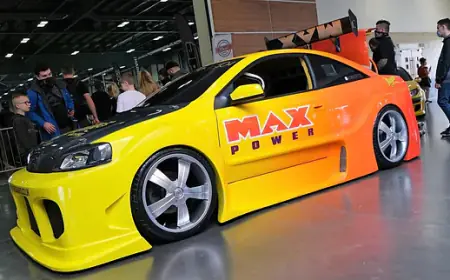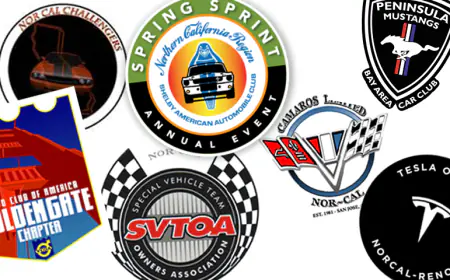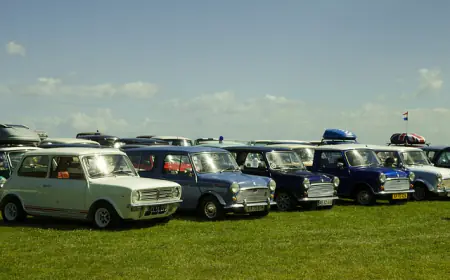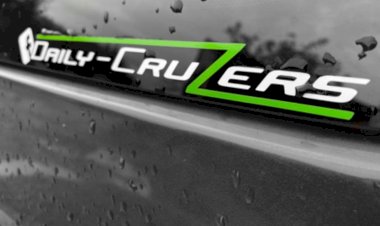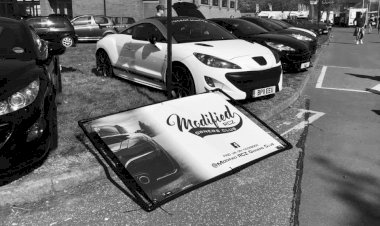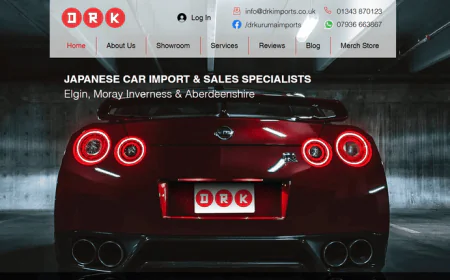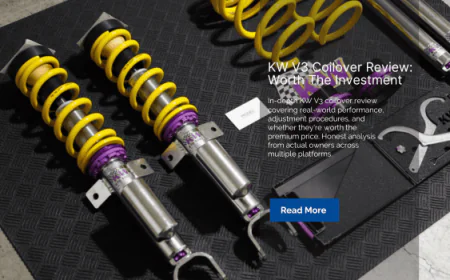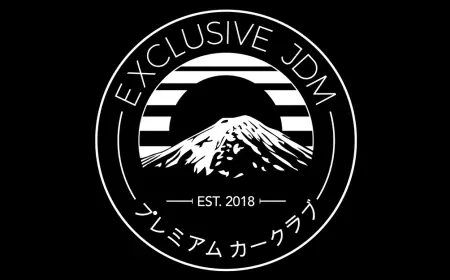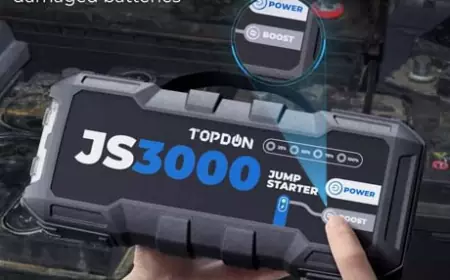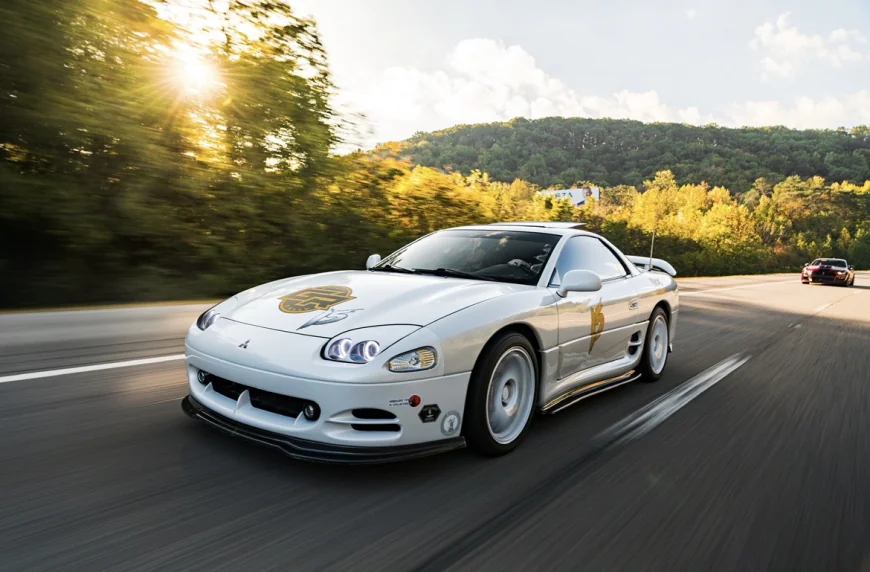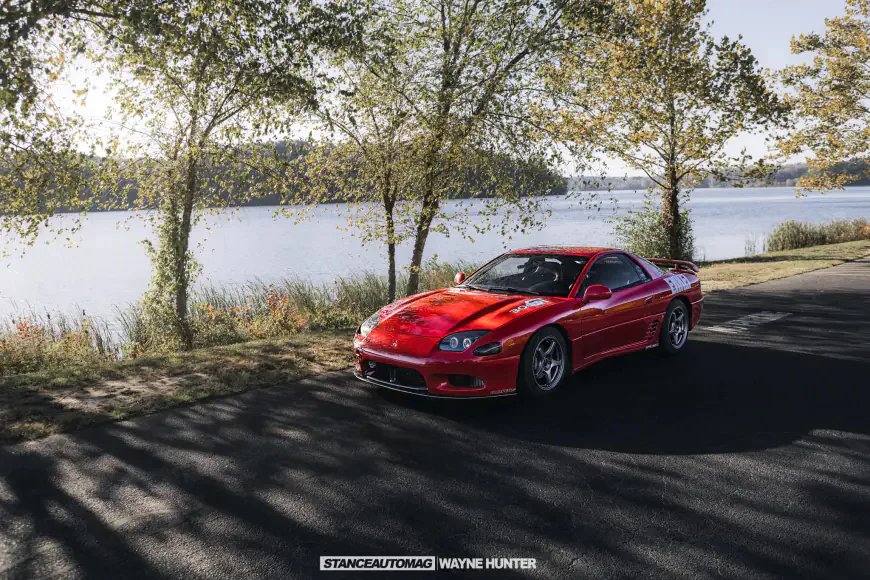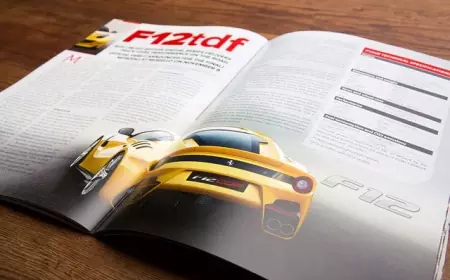Complete 3000GT VR4 Buyers Guide: Finding Your Perfect JDM Legend
Complete Mitsubishi 3000GT VR4 buyers guide covering common issues, what to look for, pricing trends, and how to find your perfect twin-turbo AWD legend. Expert advice for prospective owners.
TL;DR - Key Takeaways
-
The VR4 is a complex, high-tech sports car requiring diligent maintenance - buy the best example you can afford
-
Common issues include transfer case leaks, turbo failures, and electrical gremlins from aging connectors
-
Prices are rising as 90s JDM cars appreciate - expect $15,000-$35,000+ depending on condition and mileage
The Mitsubishi 3000GT VR4 remains one of the most technologically advanced Japanese sports cars of the 1990s. With twin-turbocharged power, all-wheel drive, four-wheel steering, active aerodynamics, and adjustable suspension, it was a technological tour de force that rivaled cars costing twice as much. But buying one today requires careful consideration and thorough inspection.
Why Buy a 3000GT VR4?
The VR4 offers a unique combination of capabilities that few cars can match, even today. The twin-turbocharged 3.0-liter 6G72 V6 produces 320 horsepower (or 296hp in earlier models), delivered through a sophisticated all-wheel-drive system that provides exceptional traction in all conditions. The active aerodynamics automatically adjust the front air dam and rear spoiler based on speed, while the electronically controlled suspension adapts to driving conditions.
This isn't just a straight-line performance car - the VR4 was designed as a grand touring sports car capable of crossing continents in comfort while delivering engaging performance when you want it. Pop-up headlights, 90s Japanese styling, and increasingly rare technology make these cars special in today's homogenized automotive landscape.
As our features on Bryan Petty's 1996 VR4, Max Kaewtong's 1991 VR4, and this stunning 1993 VR4 build demonstrate, these cars can be built into stunning OEM Plus machines that blend original character with modern performance and reliability.

Model Years and Variations
First Generation (1991-1993)
The earliest VR4s came with 296hp, pop-up headlights, and all the technological goodies. These cars are lighter than later models but lack some refinements. The 1991-1992 models used different turbochargers and ECU programming than 1993+ cars.
What to look for: Earlier cars are more prone to transfer case issues and may have aging rubber components throughout. However, they're often cheaper and can be excellent platforms for modifications. Check out Max Kaewtong's 1991 build to see what's possible with these early cars.
Second Generation (1994-1996)
The 1994 refresh brought updated styling, improved interior materials, and a power bump to 320hp. These are considered by many to be the sweet spot for VR4 ownership - refined but not overly complex, powerful, and with improved build quality over earlier cars.
What to look for: Mid-90s VR4s like Bryan's 1996 example often represent the best balance of features, reliability, and value. Look for well-maintained examples with service records.
Final Years (1997-1999)
The last VR4s received minor updates but are largely similar to 1994-1996 models. These later cars may have fewer miles and potentially better condition due to age, but they're also more expensive.
What to look for: Low mileage examples in excellent condition command premium prices. Ensure all complex systems still function properly, as replacement parts are becoming scarce.

Common Issues and What to Inspect
Transfer Case and Transmission
The transfer case is the Achilles heel of the VR4. The front output shaft seal commonly leaks, and the viscous coupling unit can fail, causing binding and driveline vibration. Listen for whining noises and check for fluid leaks around the transfer case area.
Inspection tip: Test drive in tight circles at low speed. Any binding, hopping, or unusual noises indicate transfer case issues. Budget $1,500-$3,000 for a transfer case rebuild.
Turbocharger System
The twin turbos can last 100,000+ miles with proper maintenance, but neglected cars often have turbo failures. Look for excessive smoke, poor boost response, or unusual noises from the turbo area.
Inspection tip: Check for shaft play in the turbos and ensure boost builds smoothly. Oil starvation from clogged oil lines is a common cause of turbo failure. If you're planning upgrades, check out our 3SX Performance guide for reliable turbo upgrade options.
Active Aerodynamics
The active aero system is cool when it works, but aging motors and connectors can cause failures. The front air dam and rear spoiler should deploy automatically at speed and retract when you slow down.
Inspection tip: Test the system using the manual override switch. If motors are sluggish or non-functional, replacement parts are expensive and hard to find.
Four-Wheel Steering
The rear steering system adds complexity but improves handling. However, the rear steering control unit and actuators can fail, leaving the rear wheels in a fixed position.
Inspection tip: During the test drive, the car should feel nimble and responsive. If it feels vague or unstable, the 4WS system may have issues.
Electrical Systems
With so much technology, electrical problems are common. Aging connectors, failed sensors, and wiring issues can cause a variety of symptoms from rough running to complete system failures.
Inspection tip: Check that all gauges work, climate control functions properly, and no warning lights are illuminated. Bring an OBD-II scanner to check for stored codes.
Cooling System
The twin-turbo engine generates significant heat, and the cooling system must be in top condition. Look for signs of overheating, coolant leaks, or corroded hoses and radiators.
Inspection tip: Check coolant color and condition. Replace the entire cooling system if there's any doubt - it's cheap insurance against catastrophic engine damage.

What to Look for When Buying
Service Records
Comprehensive service records are worth their weight in gold. A well-maintained VR4 with documentation will be far more reliable than a neglected example, regardless of mileage.
Ideal scenario: Regular oil changes every 3,000-5,000 miles, timing belt replacements at recommended intervals, and evidence of proactive maintenance like cooling system refreshes.
Mileage vs. Condition
Lower mileage isn't everything with VR4s. A 75,000-mile car that's been properly maintained and driven regularly is often better than a 30,000-mile car that's sat for years developing dry rot, seal leaks, and stuck components.
Modifications
Many VR4s have been modified. OEM Plus builds like Bryan's can actually improve reliability and performance when done correctly. However, poorly executed modifications or extreme builds can create problems.
What to avoid: Hacked wiring, mismatched parts, extreme boost levels without supporting modifications, or evidence of track abuse without proper maintenance.
What to seek: Quality suspension upgrades like KW V3 coilovers, reputable performance parts from specialists like 3SX, and well-documented modification history.
Rust and Body Condition
Check for rust in common areas: rear wheel wells, door sills, and under the battery tray. The complex body structure makes rust repair expensive.
Pricing Guide (2024-2025)
VR4 values have been climbing steadily as 90s Japanese sports cars appreciate. Here's what to expect:
Project Cars: $8,000-$15,000
- High mileage, needs work, or significant issues
- Good for experienced enthusiasts willing to invest time and money
Driver Quality: $15,000-$25,000
- Decent condition, some maintenance needed
- Higher mileage but well-maintained
- May have minor cosmetic or mechanical issues
Excellent Condition: $25,000-$35,000+
- Low mileage, comprehensive service records
- All systems functional, minimal wear
- Clean examples like Bryan found are increasingly rare
Collector Grade: $35,000-$50,000+
- Museum-quality, extremely low mileage
- All original, pristine condition
- Complete documentation

Where to Find Your VR4
- Enthusiast Forums: 3SI.org is the go-to community for 3000GT owners
- Facebook Groups: Active VR4-specific groups with cars for sale
- Bring a Trailer: Higher-end examples appear regularly
- Cars & Bids: Good selection of enthusiast-owned cars
- Local Classifieds: Hidden gems can still be found with patience
Pre-Purchase Inspection Checklist
Before buying any VR4, have it inspected by a knowledgeable mechanic or specialist:
- Compression test on all cylinders
- Boost leak test
- Transfer case condition and fluid check
- Turbocharger inspection
- Suspension and steering component check
- Brake system evaluation
- Exhaust system inspection for leaks
- Electrical system function test
- Test drive on highway and backroads
- Paint depth gauge to check for hidden damage
Ownership Costs
Budget for higher-than-average maintenance costs:
- Oil Changes: $75-$150 (6 quarts of synthetic)
- Timing Belt Service: $1,500-$2,500 (do it right with water pump, seals, pulleys)
- Turbo Rebuild/Replacement: $1,500-$3,000 per turbo
- Transfer Case Rebuild: $1,500-$3,000
- Suspension Refresh: $2,000-$4,000+ depending on components
- Annual Maintenance: Budget $2,000-$4,000 for a well-maintained car
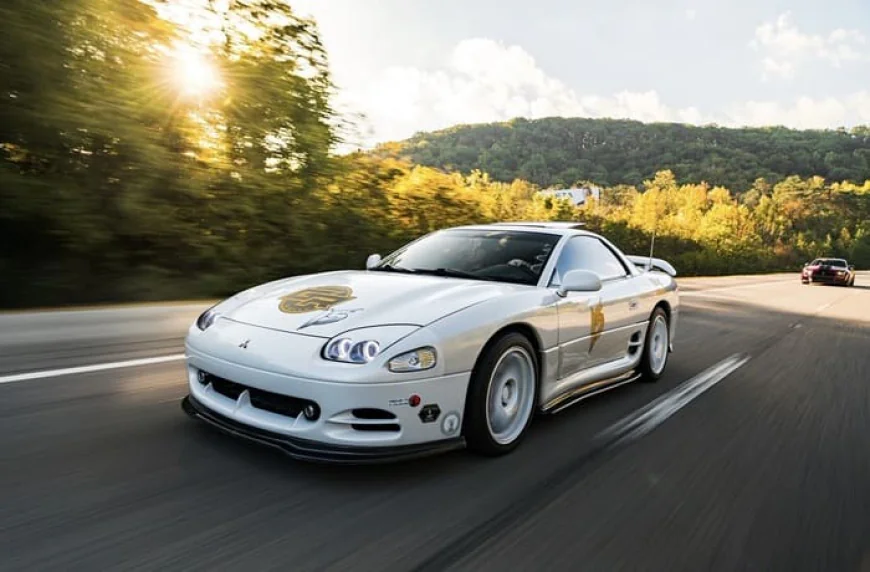
Should You Buy a 3000GT VR4?
The VR4 is not a beginner's car or something you should buy on a tight budget. However, if you're willing to maintain it properly and can handle the complexity, it's one of the most rewarding 90s sports cars to own. The combination of turbocharged power, all-wheel-drive capability, and grand touring comfort is difficult to find elsewhere.
Buy the best example you can afford, budget for maintenance, and enjoy one of the most technologically impressive Japanese sports cars ever built. As values continue rising, quality VR4s are becoming sound investments for enthusiasts who love driving them.
This buyers guide is brought to you by Stance Auto Magazine - your source for car builds, modification guides, and automotive culture.
Related Articles
-
Bryan Petty's 1996 Mitsubishi 3000GT VR4 Build: OEM+ Perfection With 320HP - See how one owner built his dream VR4 the right way
-
Max Kaewtong's 1991 Mitsubishi 3000GT VR4 - First-gen VR4 done right
-
Modifying a Dream Car: 1993 Mitsubishi 3000GT VR4 - Building a second-gen legend
-
1992 Mitsubishi 3000GT VR4: A Tribute to Ralliart's Spirit - Rally-inspired VR4 build
-
3SX Performance Guide: Best Mitsubishi 3000GT Upgrades - Essential modifications for improving your VR4
-
OEM Plus Build Philosophy: Enhancing Without Compromising Character - Learn the modification approach that respects original engineering
-
KW V3 Coilover Review: Worth The Investment - Premium suspension upgrades for your build
-
90s Japanese Sports Car Resurgence: Why Values Are Climbing - Market analysis and investment perspectives
Call to Action
Do you have a build story like this one? Got a build on a budget? We want to see it. Submit your story to Stance Auto Magazine, and you could be the next featured owner showing the world how to do it right—without breaking the bank.
And hey, don’t forget to tag us on socials. Use #stanceautomag on Instagram, Pinterest and Facebook so we can see (and maybe feature) your ride.
Test Your JDM Car Knowledge and Take Our No. 1 JDM Car Quiz

Order Your Stance Auto Car Magazines From Our Amazon Book Store
Test Your Automotive Knowledge and Take Our No. 1 Car Quiz
Get Noticed Use our Hashtags - #stanceauto #stanceautomag #stanceautomagazine #modifiedcarmagazine
UKTM no: UK00003572459
 Like
0
Like
0
 Dislike
0
Dislike
0
 Love
0
Love
0
 Funny
0
Funny
0
 Angry
0
Angry
0
 Sad
0
Sad
0
 Wow
0
Wow
0
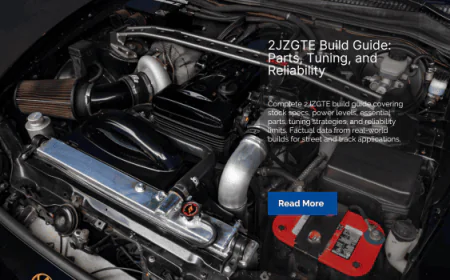

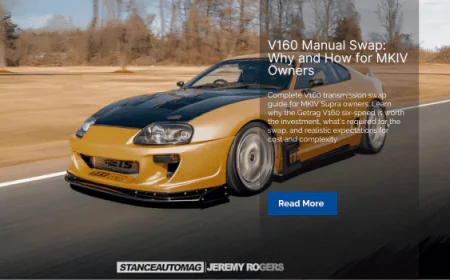
















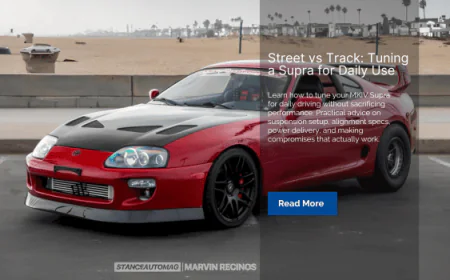











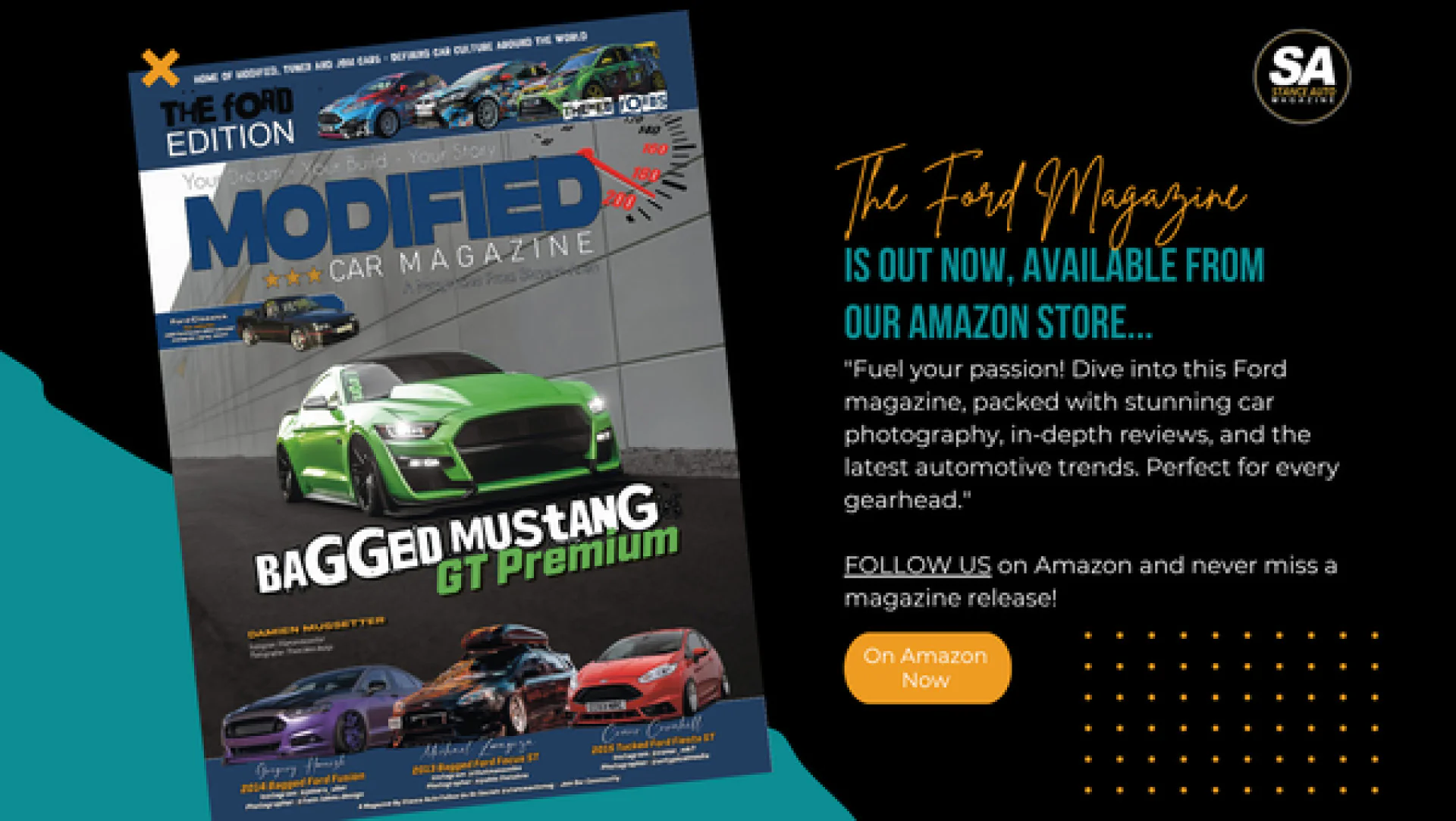



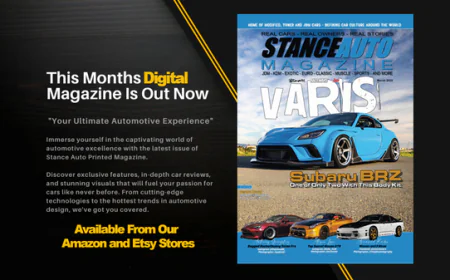
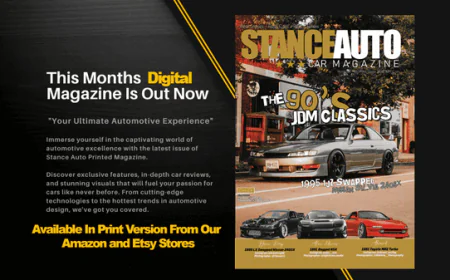
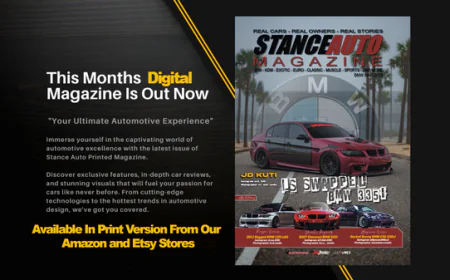

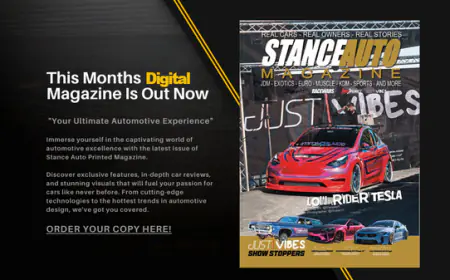








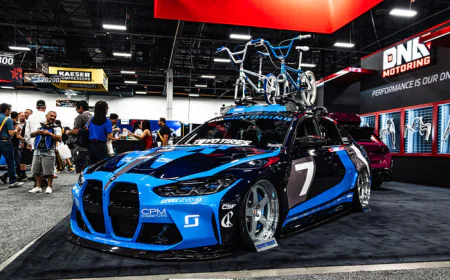
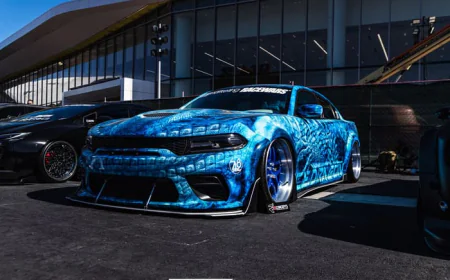



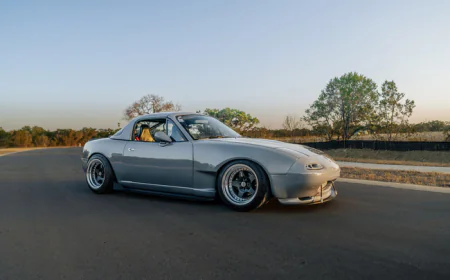










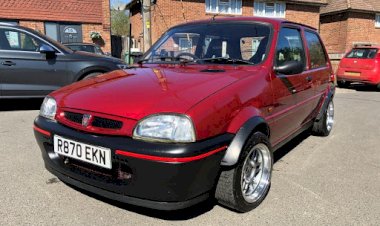





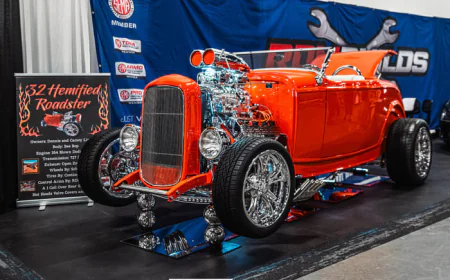


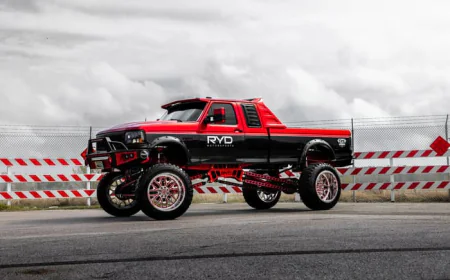
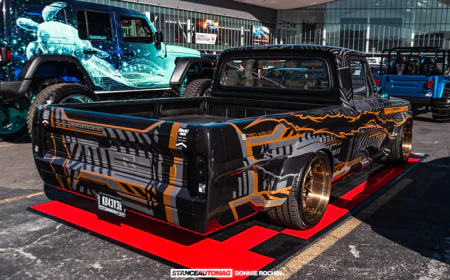

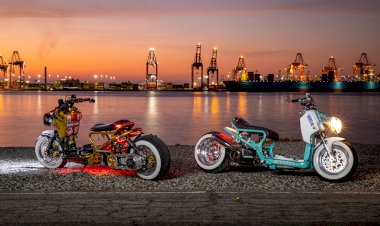

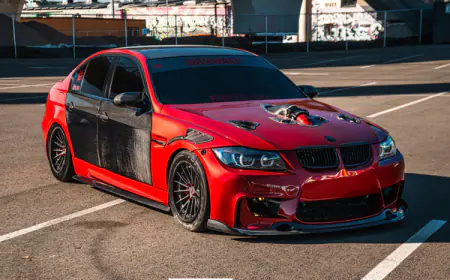
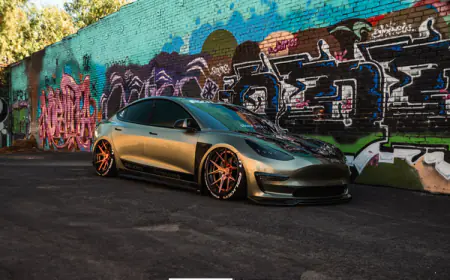




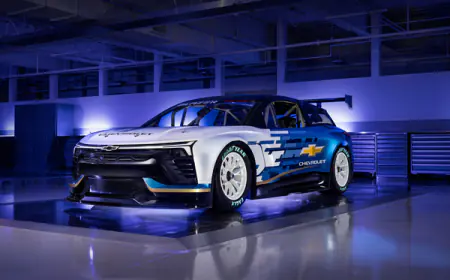




.png)




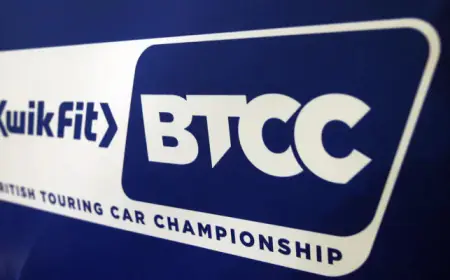







![[HOONIGAN] Ken Block's GYMKHANA NINE](https://img.youtube.com/vi/_bkX5VkZg8U/maxresdefault.jpg)

































